Seven Things About Saudi Arabia You Need To Know
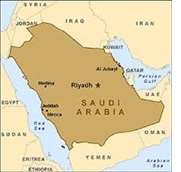 A week ago we learned that the king of Saudi Arabia, Abdullah bin Abdulaziz Al Saud, passed away at the age of 90. Following the announcement, crude oil immediately spiked 2.5 percent over uncertainty of how this might affect the Middle Eastern kingdom’s position on keeping oil production at current levels.
A week ago we learned that the king of Saudi Arabia, Abdullah bin Abdulaziz Al Saud, passed away at the age of 90. Following the announcement, crude oil immediately spiked 2.5 percent over uncertainty of how this might affect the Middle Eastern kingdom’s position on keeping oil production at current levels.
But the new leader, King Salman bin Abdulaziz Al Saud, has already tamped down this uncertainty, stating that Saudi Arabia will hold to the decision made at last November’s Organization of Petroleum Exporting Country (OPEC) meeting.
All of this speculation just shows that Saudi Arabia is indeed the 800-pound gorilla when it comes to oil. Until very recently, it was the world’s top oil producer and exporter, before the American shale boom catapulted the U.S. into first place. Now, however, with prices less than half of what they were in July, many U.S. oil companies have been forced to shut down rigs, effectively slowing down output.
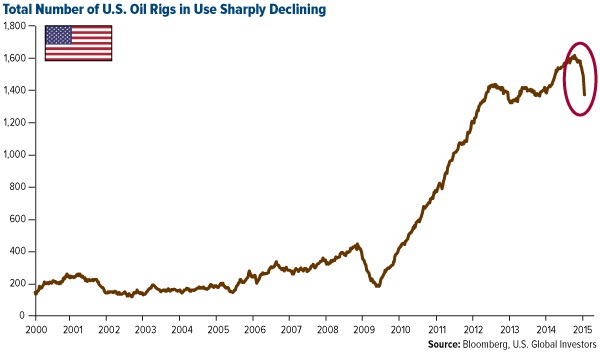
These events got me curious to dive deeper into Saudi Arabia’s economy and the extent to which it’s dependent on crude revenues. Below are some of the most interesting facts, gathered from a September case study by Richard Vietor and Hilary White of Harvard Business School.
- Despite beliefs to the contrary, Saudi Arabia requires a breakeven price of $80 per barrel of oil. True, the stuff is easy and inexpensive to extract in Saudi Arabia’s desert—the prevailing notion is that one need only stick a straw in the ground and oil comes gushing out—but to afford its bloated social spending program, the government needs prices to be much higher. Right now, oil revenues make up a whopping 90 percent of the country’s budget.
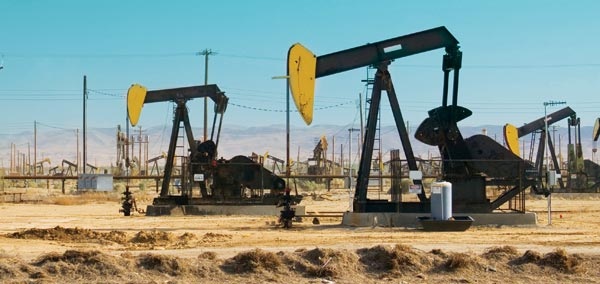
- Recognizing that its economy and energy portfolio are too oil-dependent, the kingdom is seeking ways to diversify. Before his death, King Abdullah ordered that other sources of energy be pursued, including nuclear and renewable energy. State-owned Saudi Aramco, the largest oil producer in the world, is currently ramping up exploration for natural gas. The company estimates that only 15 percent of all land in the nation’s borders has been adequately explored for the commodity.
- Saudi Arabia is nearing completion of a 282-mile high-speed rail line connecting the holy cities of Mecca and Medina. It’s unclear how many Saudis will use the trains, though, since fuel prices are extremely low as a result of government subsidization. Prices are so low, in fact—a gallon of diesel is less than $0.50—that it has led to excessive and wasteful use of energy resources that could be reserved or exported instead.

- Saudi Arabia maintains a strong pro-business climate to reel in foreign investors. It offers low corporate taxes (20 percent), no personal income taxes and attractive perks, including land, electricity and free credit. Because of these efforts, the country boasts the highest amount of foreign investment in the Middle East—$141 billion in the past five years alone.
- Saudi Arabia, believe it or not, has the largest percentage of Twitter users in the world. One of the main reasons for this is that more than half of its 29 million citizens are under the age of 25. As is the case in India, which also has a high percentage of young people, this is seen as an opportunity for the country’s future productivity.
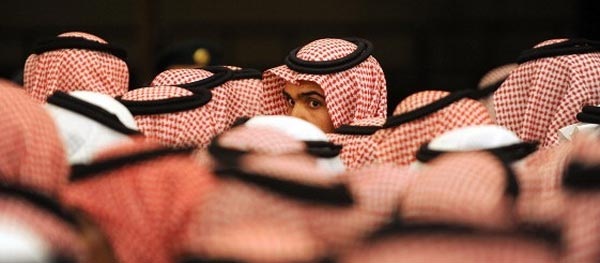
- However, the kingdom has high unemployment among not just young people but also women. About 30 percent of working-age young people are without jobs; the figure is 34 percent for women. The country also has a shockingly low labor force participation rate of 35 percent. Saudi Arabia relies on cheap migrant workers, who now make up about 30 percent of the population.
- A vast majority of Saudis work for the government. Only about 10 percent of working Saudis are employed by private companies. Why? Workers can make either $400 a month on average in the private sector, where working conditions tend to be dubious at best, or $2,000 a month in the public sector. In 2011, about 800,000 new private-sector jobs were created, but of these, 80 percent went to foreign workers.
But this trend is not restricted to Saudi Arabia. As you can see in the chart below, here in the U.S., government jobs growth has broadly outpaced all other industries over the years.
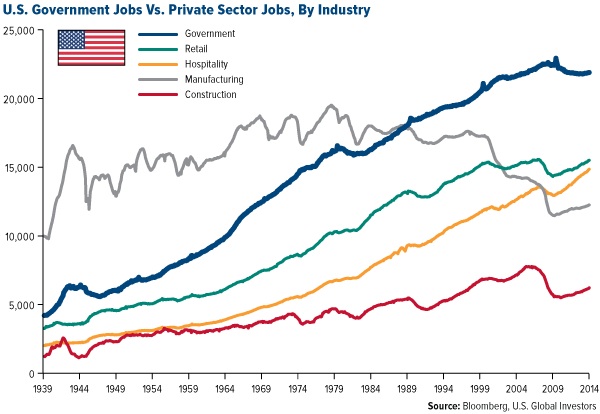
This saps intellectual capital from the real engine of innovation and ingenuity, the private sector. A robust private sector is necessary to create and foster successful companies such as Apple, held in our All American Equity Fund (GBTFX) and Holmes Macro Trends Fund (MEGAX). The tech giant’s iPhone 6 sales led the way to a record earnings report of $74.6 billion—the largest corporate quarterly earnings of all time.
********
Courtesy of http://www.usfunds.com/






 Frank Holmes is the CEO and Chief Investment Officer of U.S. Global Investors. Mr. Holmes purchased a controlling interest in U.S. Global Investors in 1989 and became the firm’s chief investment officer in 1999. Under his guidance, the company’s funds have received numerous awards and honors including more than two dozen Lipper Fund Awards and certificates. In 2006, Mr. Holmes was selected mining fund manager of the year by the Mining Journal. He is also the co-author of “The Goldwatcher: Demystifying Gold Investing.” Mr. Holmes is engaged in a number of international philanthropies. He is a member of the President’s Circle and on the investment committee of the International Crisis Group, which works to resolve conflict around the world. He is also an advisor to the William J. Clinton Foundation on sustainable development in countries with resource-based economies. Mr. Holmes is a native of Toronto and is a graduate of the University of Western Ontario with a bachelor’s degree in economics. He is a former president and chairman of the Toronto Society of the Investment Dealers Association. Mr. Holmes is a much-sought-after keynote speaker at national and international investment conferences. He is also a regular commentator on the financial television networks CNBC, Bloomberg and Fox Business, and has been profiled by Fortune, Barron’s, The Financial Times and other publications. Visit the U.S. Global Investors website at
Frank Holmes is the CEO and Chief Investment Officer of U.S. Global Investors. Mr. Holmes purchased a controlling interest in U.S. Global Investors in 1989 and became the firm’s chief investment officer in 1999. Under his guidance, the company’s funds have received numerous awards and honors including more than two dozen Lipper Fund Awards and certificates. In 2006, Mr. Holmes was selected mining fund manager of the year by the Mining Journal. He is also the co-author of “The Goldwatcher: Demystifying Gold Investing.” Mr. Holmes is engaged in a number of international philanthropies. He is a member of the President’s Circle and on the investment committee of the International Crisis Group, which works to resolve conflict around the world. He is also an advisor to the William J. Clinton Foundation on sustainable development in countries with resource-based economies. Mr. Holmes is a native of Toronto and is a graduate of the University of Western Ontario with a bachelor’s degree in economics. He is a former president and chairman of the Toronto Society of the Investment Dealers Association. Mr. Holmes is a much-sought-after keynote speaker at national and international investment conferences. He is also a regular commentator on the financial television networks CNBC, Bloomberg and Fox Business, and has been profiled by Fortune, Barron’s, The Financial Times and other publications. Visit the U.S. Global Investors website at 










